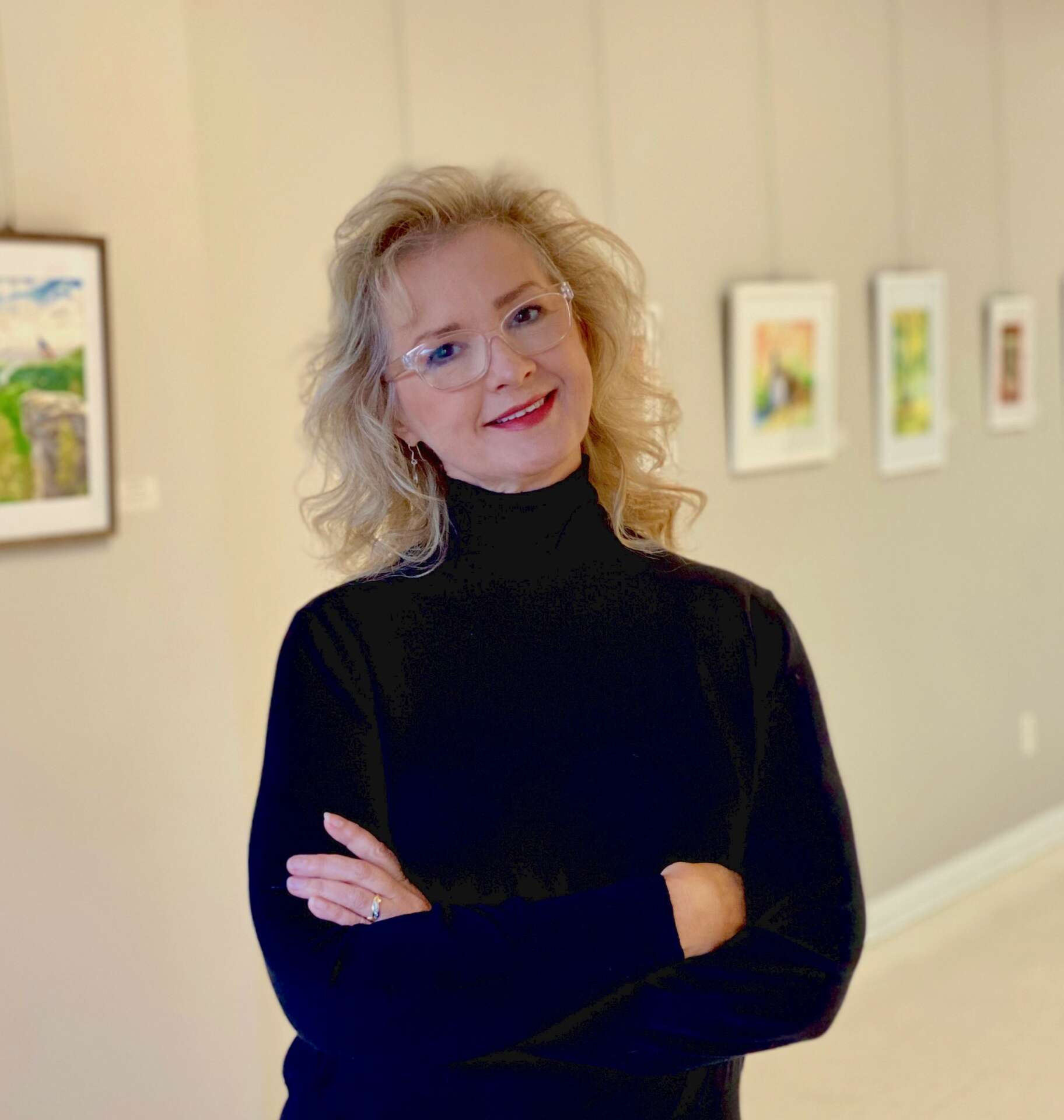We were lucky to catch up with Pat Konicki recently and have shared our conversation below.
Pat , appreciate you joining us today. Can you open up about a risk you’ve taken – what it was like taking that risk, why you took the risk and how it turned out?
I attended the American Academy of Art in Chicago which has a renowned reputation with creative agencies, studios, and companies. After graduation I was offered a job at a well-known advertising agency, however, the hiring manager told me to think twice about accepting because it would consist of sitting in a cubicle all day marking up ad layouts. Knowing that I was an entrepreneur at heart with the goal of someday starting a business of my own, I felt like this was not the direction to take. Where would it lead me? How long would it take?
Instead, I took a position in a small advertising agency/studio over an hour away from my home. It provided a variety of professional experiences including design, illustration, art direction, photography styling, sales, and management. Later, a friend suggested a move to Florida. I was not ready at the time but 6 months later, I quit my job, packed up my car and headed towards Miami. I accepted an Art Director position in another small agency in Miami. After a year, I left and began locating clients on my own. To reduce the financial risk, I worked out of my apartment and did some freelance projects. That was the beginning of my creative independence.


Pat , before we move on to more of these sorts of questions, can you take some time to bring our readers up to speed on you and what you do?
After graduating from the American Academy of Art, I began my career as a graphic designer and illustrator in Chicago. Having relocated to Miami, I opened a graphic design and advertising firm focused on clients in the fashion, retail, medical and manufacturing industries.
I now reside in the Carolinas, which provides much inspiration to pursue my love of painting. The use of watercolor and at times, colored pencil offers a unique detailed study of often forgotten treasures found in the rural areas of North and South Carolina.
Of particular interest to me is the conjunction of beauty and antiquity of rural life in the Carolinas. My current work of watercolors seeks to explore the way an alternate perception of an otherwise overlooked subject can provoke an emotional or imaginative response, thus igniting value and rationale for protection or restoration in the environment.
Looking past the obvious, close observation and engagement of the image is my process. The challenge is to see beyond the distraction of the decay, abandoned or dismissed and capture its splendor. Some of the subjects are quite ordinary, others less so. My goal is to inspire those who see the work to look more carefully at the world around them, to discover beauty in unusual places.


For you, what’s the most rewarding aspect of being a creative?
There are several rewarding aspects of being an artist, especially to one that has retuned to a certain medium later in life. Having the flexibility, freedom, and enthusiasm to pursue a craft and witnessing your own growth is one reward. Creating art for yourself which then generates an intellectual or emotional response from others is another. Artists also have the opportunity to interact with other artists and people on a personal level while sharing their work with the world.


In your view, what can society to do to best support artists, creatives and a thriving creative ecosystem?
The arts are a component of education, helping us understand and appreciate other cultures through music, dance or visual art. Artists contribute to the preservation of history, political movements, and social change. The arts can also be a positive economic factor, especially in urban areas provided there are institutions in place that raise awareness of its impact. Within all communities, it is imperative to increase understanding of the value of arts-based opportunities especially with increased technology based formats. Integrating creative arts expansion into government economic development training, evaluating internal practices and providing partnerships would strengthen not only the arts but community development goals. Offering centers of creative thought, peer education, activities and acknowledgement can best support societies’ artists.


Contact Info:
- Website: www.pkonicki.art
- Instagram: @pkonickiart
- Facebook: PKonicki Art
- Linkedin: www.linkedin.com/in/patkonicki


